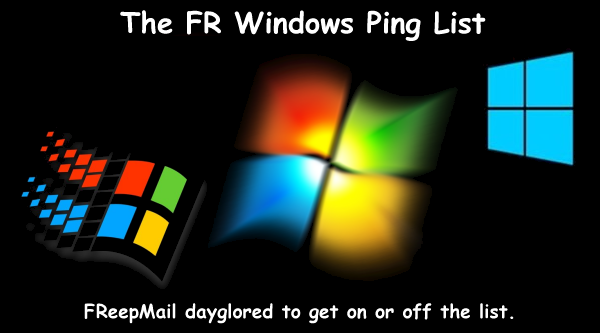
Thanks to tacticalogic for the heads up!!
Posted on 07/19/2015 7:52:51 PM PDT by dayglored
Back in April, Microsoft somewhat quietly previewed what its Windows Server engineering teams had been working on for quite some time... Windows Nano Server has the potential to reinvent your data center.
Windows Nano Server is a project that was previously codenamed Tuva... and is designed to be Windows without the GUI or legacy baggage. It’s different than Server Core, the GUI-less installation option introduced in Windows Server 2008, because Windows Nano Server strips out basically every part of Windows that is designed to ever service the GUI or a GUI oriented application.
Server Core merely takes off the GUI but leaves a lot of the underlying Win32 API surface area and structure so that when you put the GUI back on via a checkbox – at least in Windows Server 2012 and later – you don’t have to reinstall all of the plumbing that goes along with it. Windows Nano Server rids itself of all 32-bit application support, support for Microsoft Installer (MSI) applications and a lot more historical baggage that causes a lot more problems than it solves for machines running in the cloud.
Windows Nano Server is headless and sessionless. As mentioned, there is no GUI. But there’s also no local login, so there’s no point in attaching a keyboard or mouse or running this in any kind of Remote Desktop-oriented session. Consider it like a Linux box in the cloud that you don’t have SSH access to – you use it remotely, you manage it remotely, and all it does is run services and applications like an appliance would. It’s incredibly compact and has a very small surface area – just as much as is needed to fulfill its role as a specialty purpose server operating system.
(Excerpt) Read more at cio.com ...

Thanks to tacticalogic for the heads up!!

That’s a very cool pic. What’s it from?
Its windoze. It will never take over my data center. As to lacking a GUI, “headless” Linux has been available for a long time.
2001 A Space Odyssey
“Eagle Eye”
1,000 VMs ON A SINGLE HOST?! WOW! This is the change we’ve been waiting for.
I spent a week trying to strip down a core install and couldn’t manage to get it under 8 GB without breaking something. I am very excited at the prospect of 100% removal of 32-bit crap from my OS.
64-bit has been around since at least 2005 for Windows and even earlier for Nix and Itanium-based computing. I foresee a future where 32-bit support exists in a VM bubble, but most of the 32-bit applications about which I care are video games I can do without.
OK, so how do you administer it? How do you authenticate for this administration? Are connections to it encrypted? How do you get files to it to install software and services?
You can either use GUI-based tools installed on your local workstation, or remote Powershell sessions running on the server. These sessions are over HTTPS, so they are encrypted. You can use normal Windows domain authentication, but you can only do a network logon. Local/interactive logons are not allowed (no local console).
You can move files to it over SMB, and they've added the capability to do a file copy tunneled in the same HTTPS connection you're using for the remote Powershell session.


Disclaimer: Opinions posted on Free Republic are those of the individual posters and do not necessarily represent the opinion of Free Republic or its management. All materials posted herein are protected by copyright law and the exemption for fair use of copyrighted works.